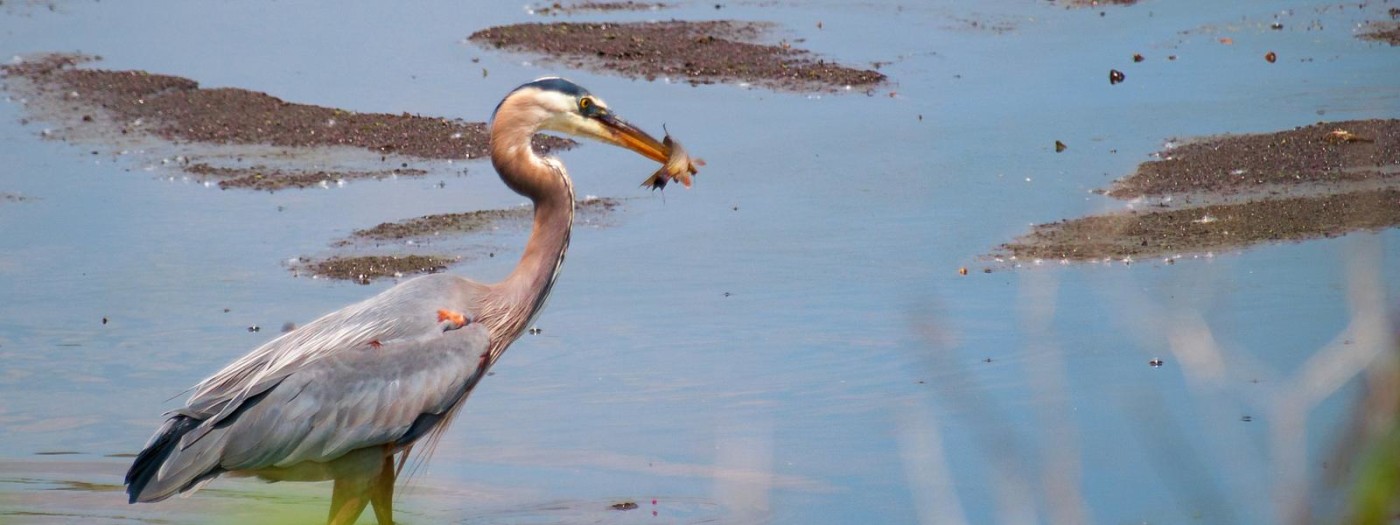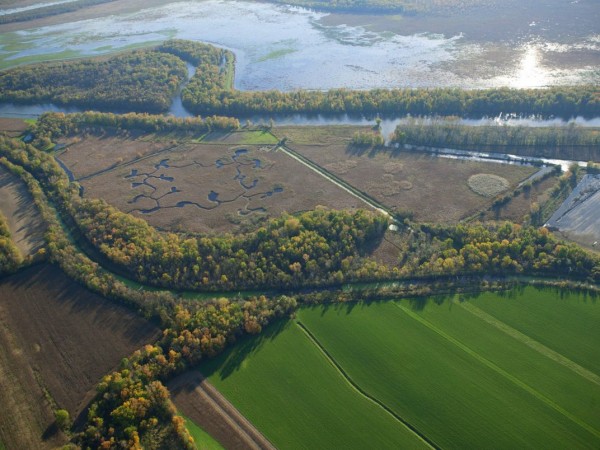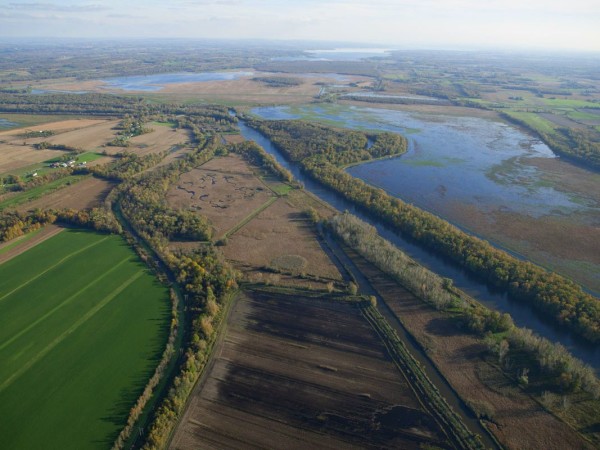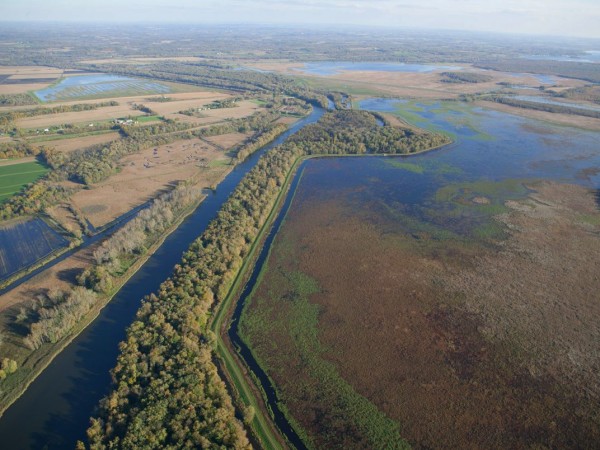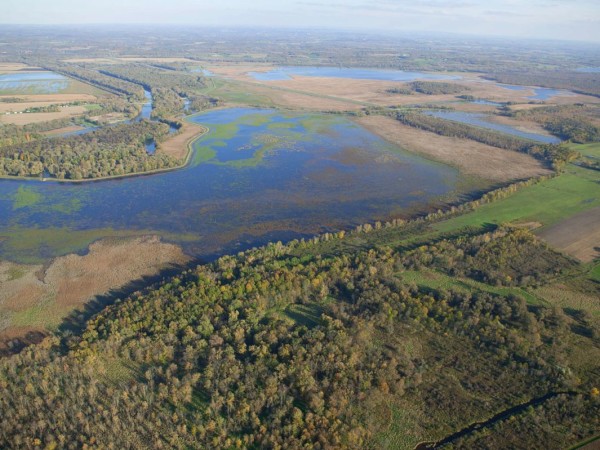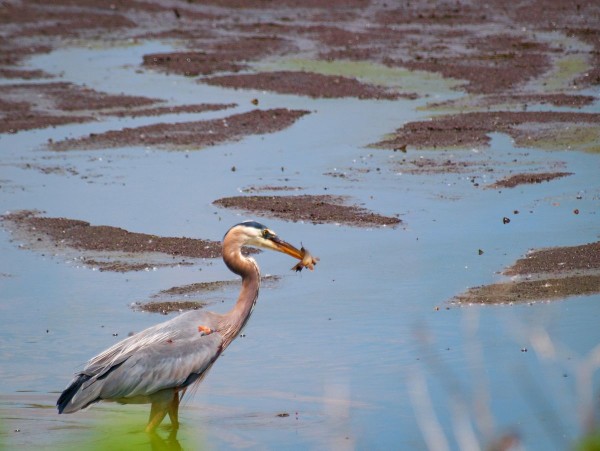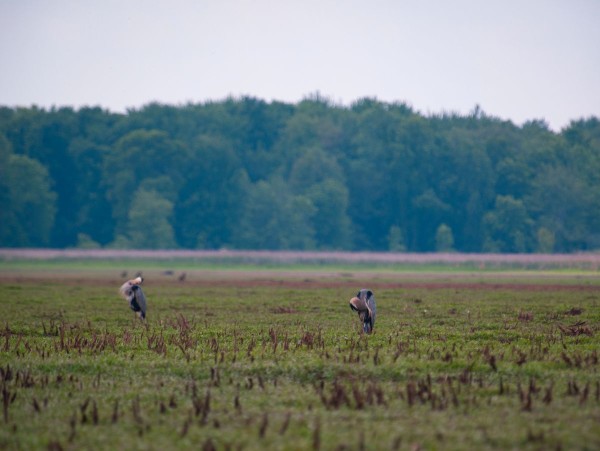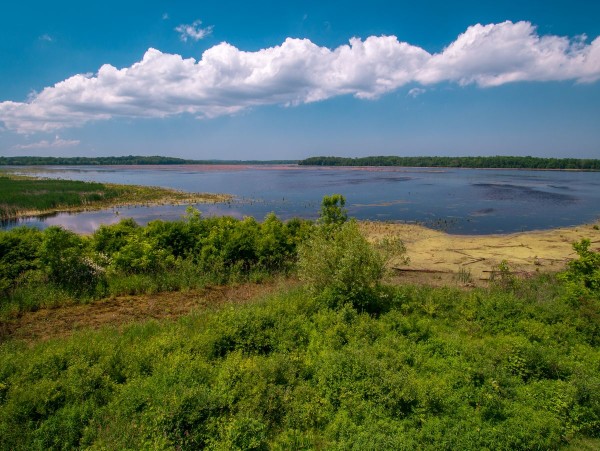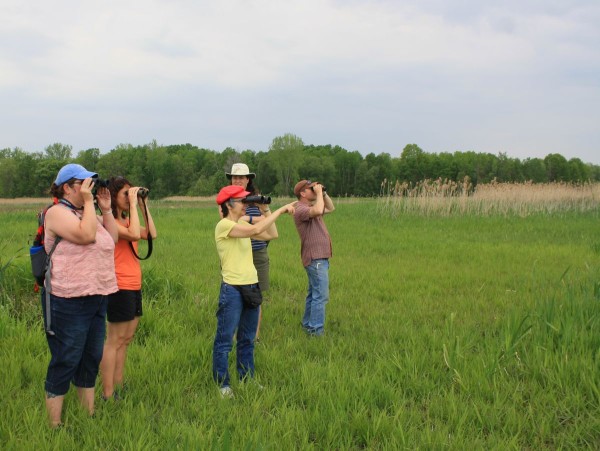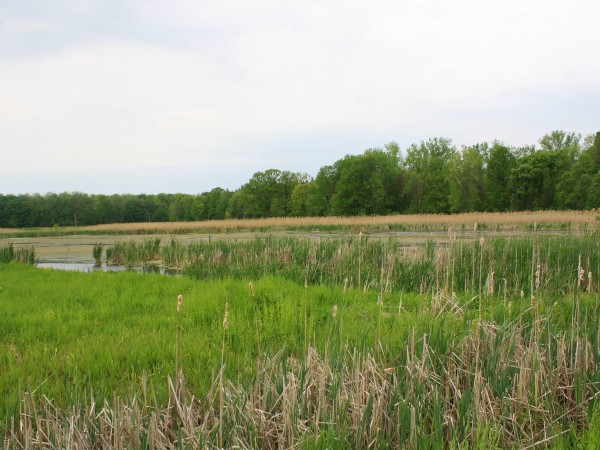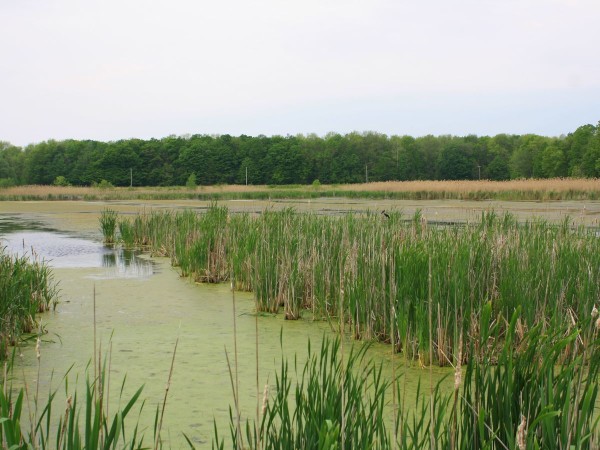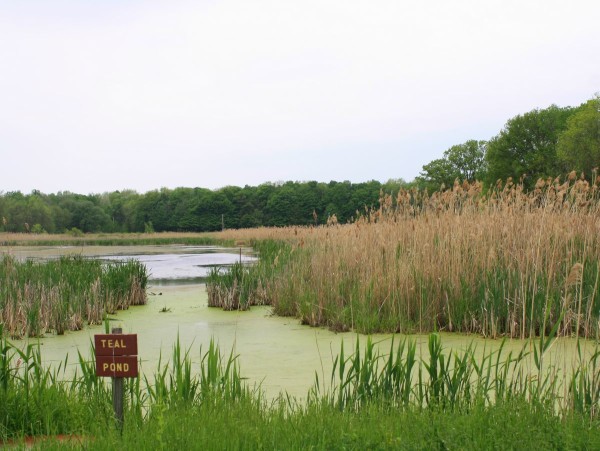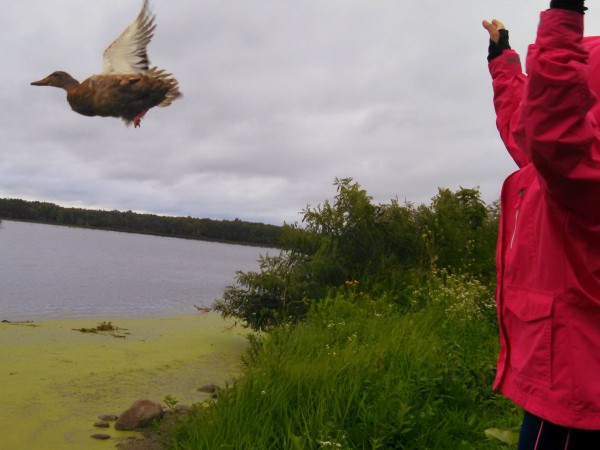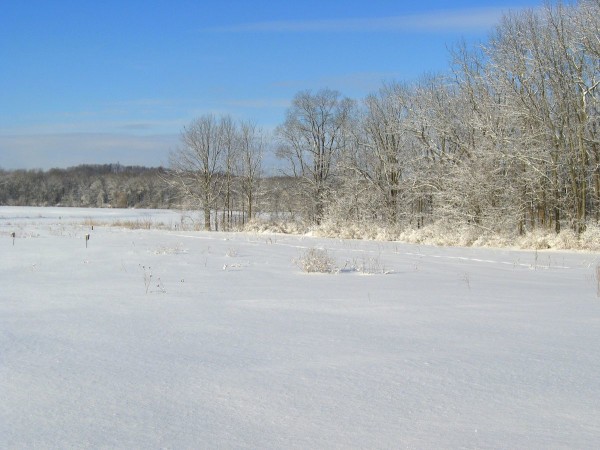Before the Finger Lakes region was fully settled, there existed a vast wetland north of Cayuga Lake that extended nearly to Lake Ontario. It was commonly referred to as the “Montezuma Swamp,” but as industrial expansion and the construction of the Erie Canal worked their way across the region, nearly 70% of the wetland was drained and lost.
Presently, 50,000 acres of wetlands and related uplands, known as the Montezuma Wetland Complex, are being preserved and rebuilt by conservation groups in hopes of rehabilitating this vitally important habitat. The largest of the protected areas, over nine thousand acres, is the Montezuma National Wildlife Refuge (MNWR). Managed by the U.S. Fish and Wildlife Service, the refuge maintains numerous types of pools and ponds as well as field and scrublands that are preferred by hundreds of thousands of migratory birds.
The refuge, along with other protected areas within the Montezuma Wetland Complex, makes up one of the largest bird sanctuaries along the Atlantic Flyway in the northeast. The flyway is a migratory path that essentially follows the Atlantic Coast, starting in the arctic islands and the coast of Greenland and extending down the coast over the Appalachian Mountain chain to the Gulf of Mexico and beyond.
In a sense, the refuge not only supports local habitats but also provides destination habitats as well. The crucial role it serves in global ecology is why it is recognized as an Important Bird Area (IBA) by the Audubon Society and as a Bird Conservation Area (BCA), by New York State. BCAs are a New York State program modeled after the Audubon’s IBA.
Nearly a million birds, including Northern Pintail, dowitchers, and widgeons utilize the refuge during migration. Snow geese can be seen in the tens of thousands! Spring and fall are the best times to see massive flocks of migratory birds, but Montezuma is not just a stopover for passing shorebirds and waterfowl. Cerulean Warblers, Virginia Rails, and Sandhill Cranes all use the refuge as breeding habitat.
Though the wildlife refuge system operates under the auspices that “wildlife comes first,” the area is still full of opportunities to enjoy and view the abundant wildlife. Perhaps the most popular activity is the “Wildlife Drive” which encircles many of the ponds and pools. The 3.5-mile drive features a local radio station as well as “guide by cell” information points that describe the nature of the refugee, numerous ponds, and the many species of birds that visit the wetland. There are also observation towers, several miles of hiking trails along the Esker Brook Trail system (located just to the west of route 89), and a short walk near the refuge’s headquarters and visitor center.

